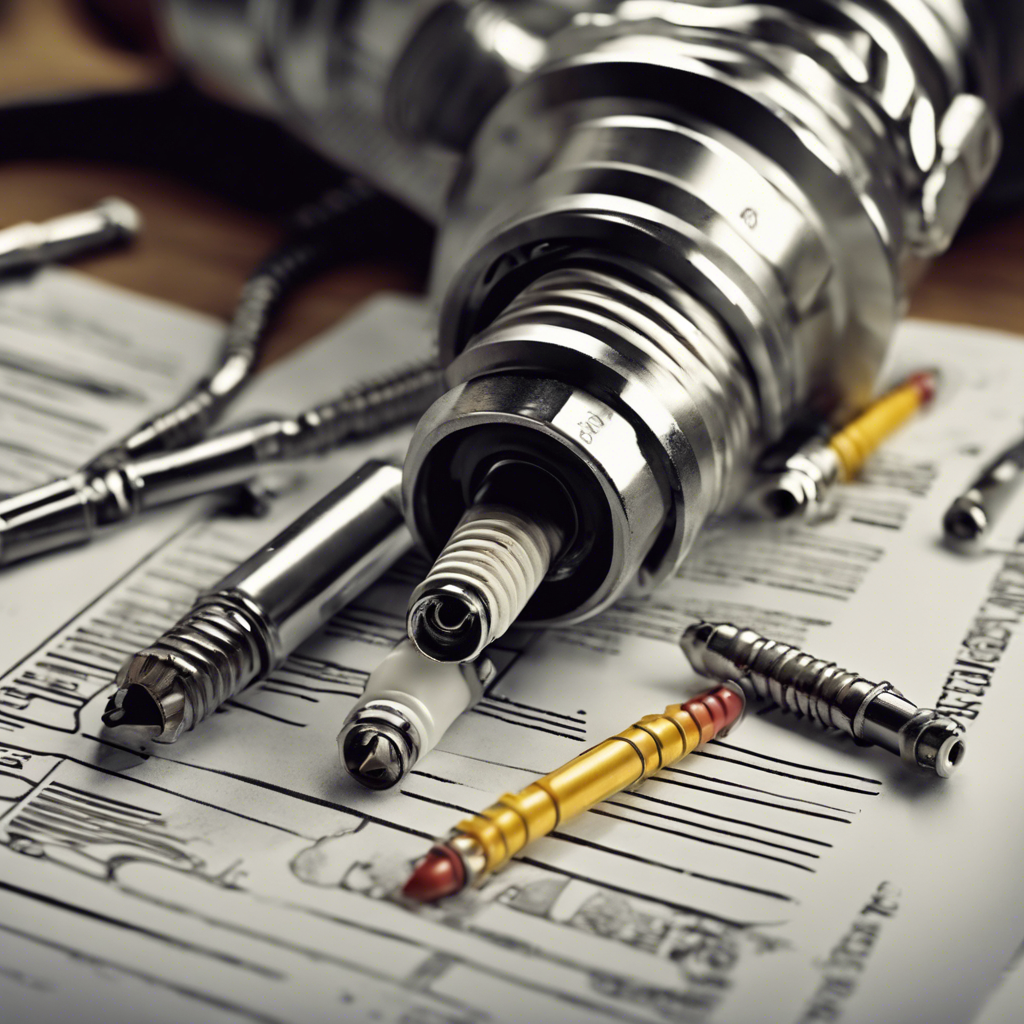Unlocking the Mystery: A Professional's Guide to Checking and Replacing Spark Plugs
- Autolast Ghana

- Oct 15, 2024
- 3 min read
In the intricate world of automotive maintenance, spark plugs play a crucial role in ensuring your vehicle runs smoothly and efficiently. While they may seem like small components, their impact on your engine's performance is significant. So, how can you, as a vehicle owner, ensure your spark plugs are in optimal condition? Let's uncover this mystery together in this comprehensive guide.
Understanding Spark Plugs: The Heart of Your Engine
Before delving into the process of checking and replacing spark plugs, it's essential to understand their role in your vehicle. Spark plugs are responsible for igniting the air-fuel mixture in the engine cylinders, generating the power needed to move your car. Over time, spark plugs can wear out due to the continuous ignition process, leading to decreased performance and fuel efficiency.
Signs That Your Spark Plugs Need Attention
Identifying when your spark plugs are due for inspection can save you from potential engine issues down the road. Keep an eye out for these common indicators that your spark plugs may need replacement:
Decreased Fuel Efficiency: If you notice that your vehicle is consuming more fuel than usual, worn-out spark plugs could be the culprit.
Engine Misfires: A rough idle or hesitation during acceleration can indicate that your spark plugs are not firing correctly.
Difficulty Starting the Engine: If your car is struggling to start or experiencing frequent stalling, it might be time to check your spark plugs.
Checking Spark Plugs: A Step-by-Step Guide
Now that you're aware of the signs signaling spark plug issues, it's time to roll up your sleeves and inspect them. Here's a step-by-step guide to checking your spark plugs like a pro:
Gather Your Tools: Before starting, ensure you have the necessary tools: a socket wrench, spark plug socket, and a gap gauge.
Locate the Spark Plugs: Spark plugs are typically located on top of the engine, connected to thick rubber wires.
Remove the Spark Plugs: Carefully remove the wires using a twisting motion, then use the spark plug socket and wrench to unscrew the spark plugs.
Inspect the Spark Plugs: Check the condition of each spark plug for signs of wear, such as erosion, deposits, or cracks.
Measure the Gap: Use a gap gauge to measure the distance between the spark plug electrodes. Consult your vehicle manual for the correct gap specifications.
Replace if Necessary: If your spark plugs show significant wear or the gap is too wide, it's time to replace them with new ones.
Choosing the Right Spark Plugs
When it comes to selecting new spark plugs for your vehicle, it's essential to choose the right type and size. Consult your vehicle's manual or an automotive professional to determine the optimal spark plug specifications for your engine.
Remember, investing in high-quality spark plugs can have a substantial impact on your vehicle's performance and fuel efficiency in the long run.
Wrapping Up
Ensuring your spark plugs are in top condition is a fundamental aspect of vehicle maintenance that should not be overlooked. By following the steps outlined in this guide, you can confidently check and replace your spark plugs, keeping your engine running smoothly and efficiently.
Remember, when in doubt, always consult a professional mechanic to ensure the proper care and maintenance of your vehicle's vital components.

Stay tuned for more insightful automotive maintenance tips and tricks to keep your vehicle in top-notch condition!



Comments